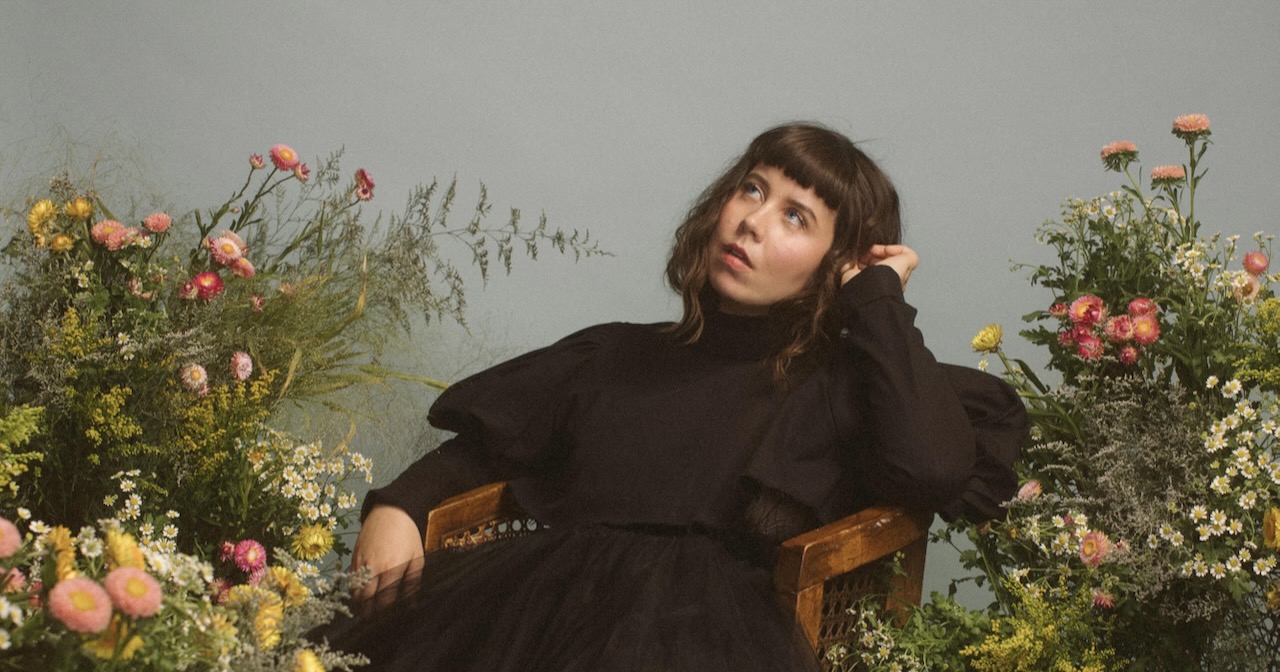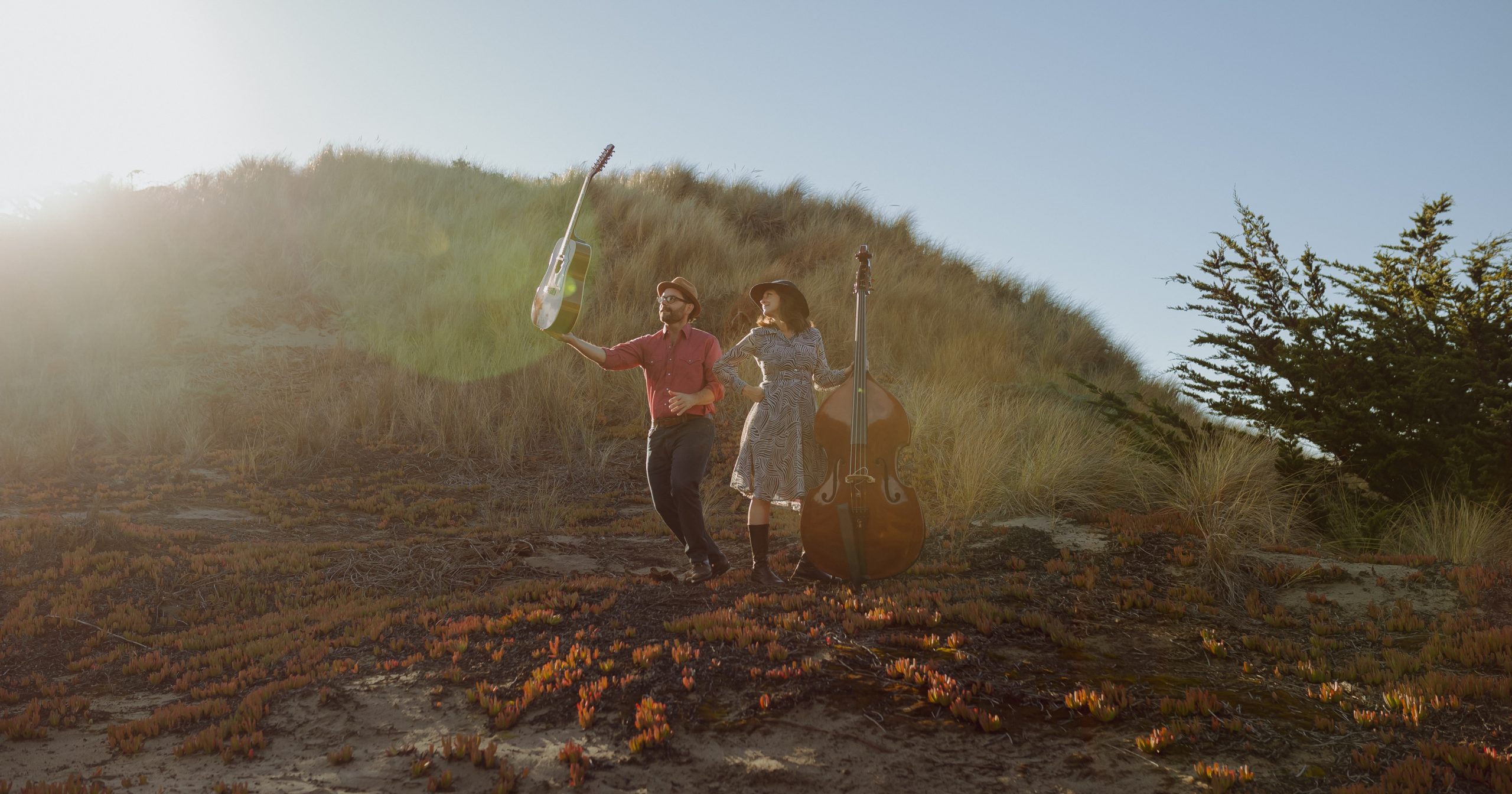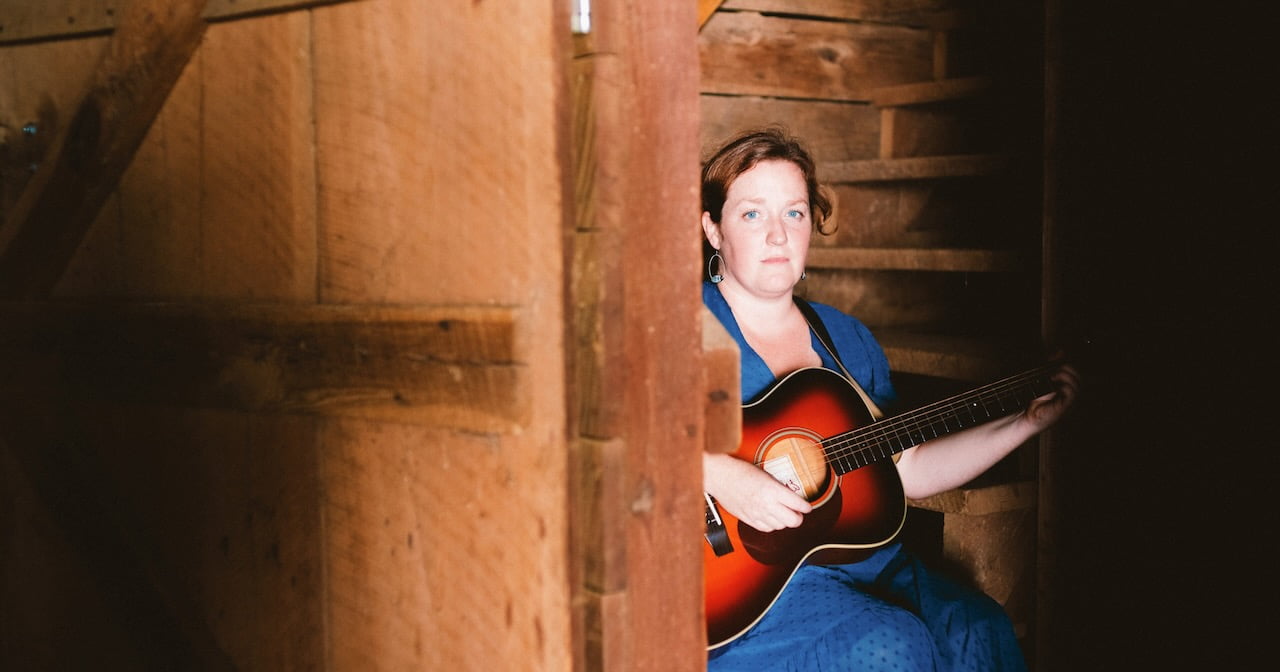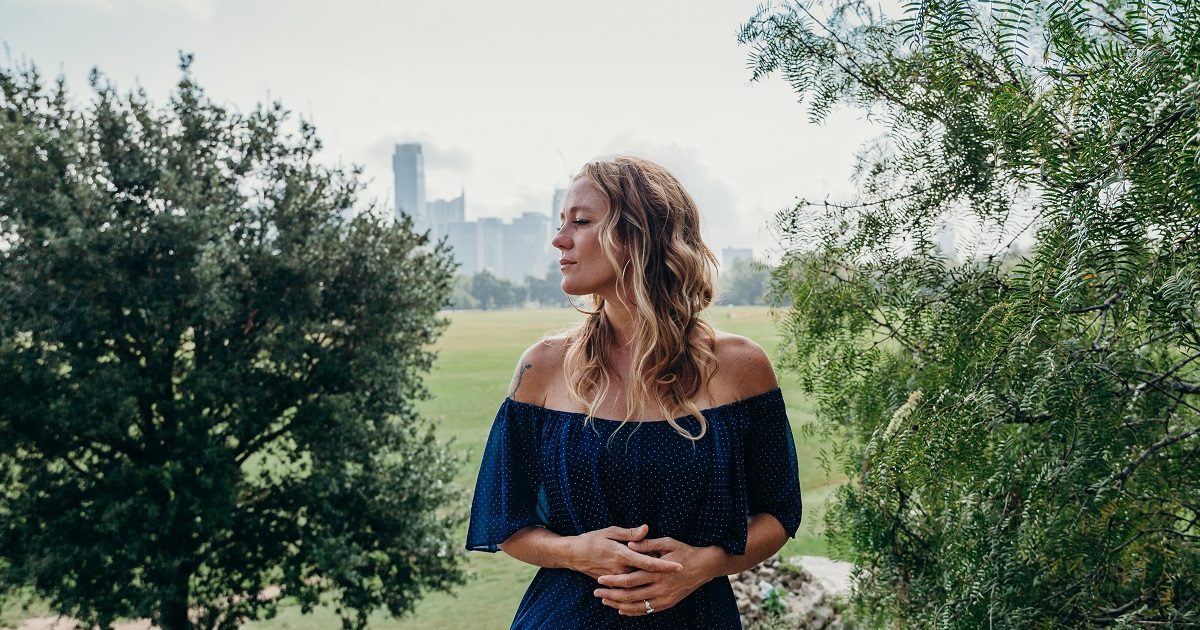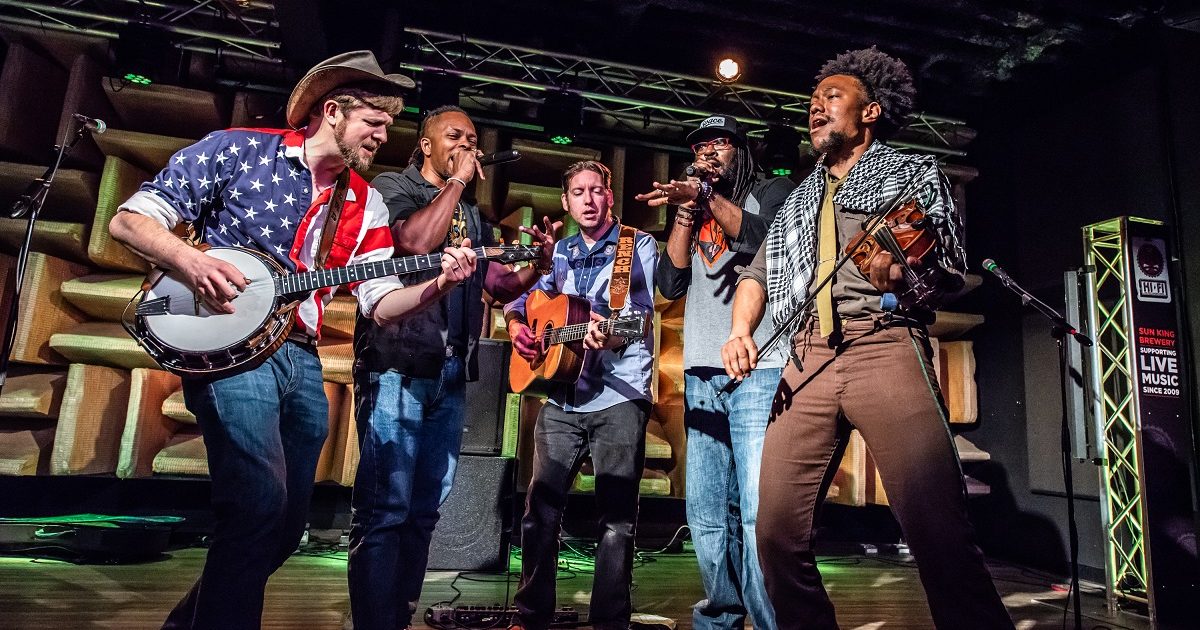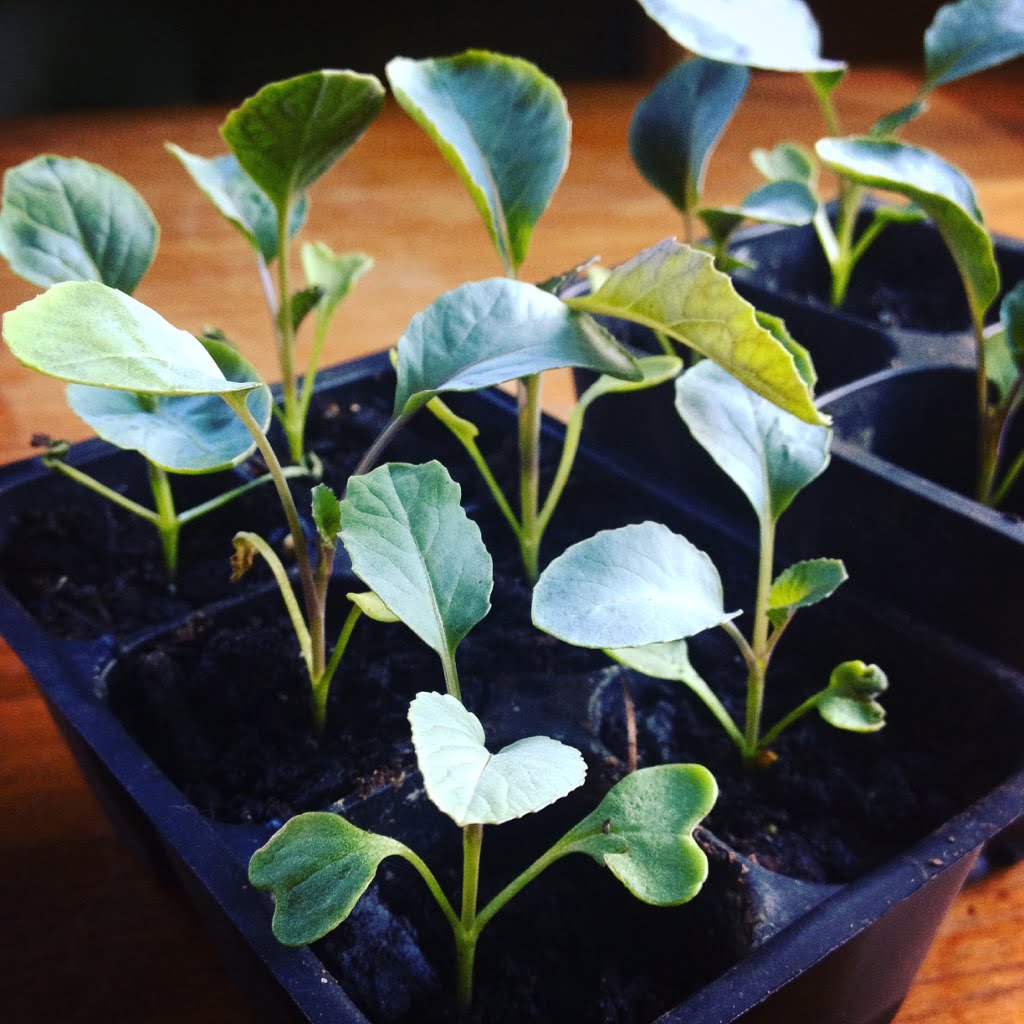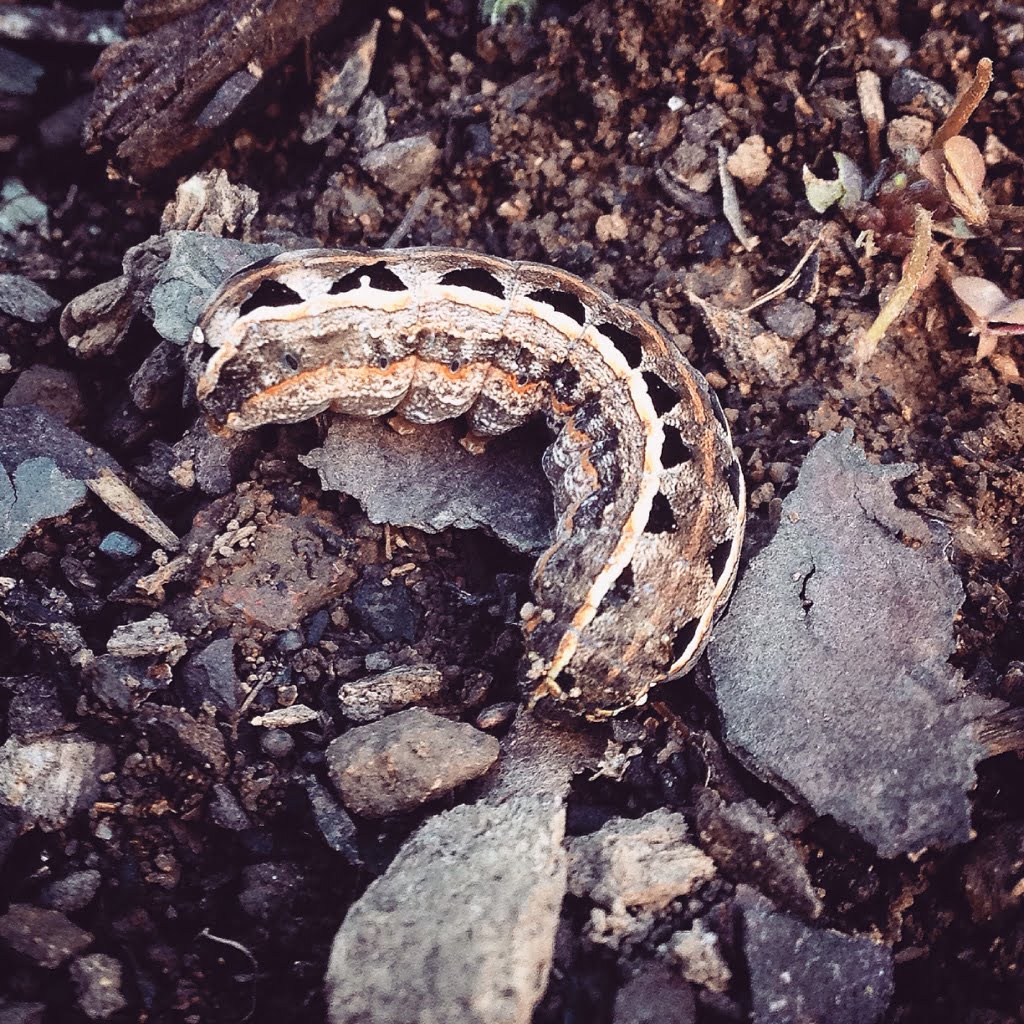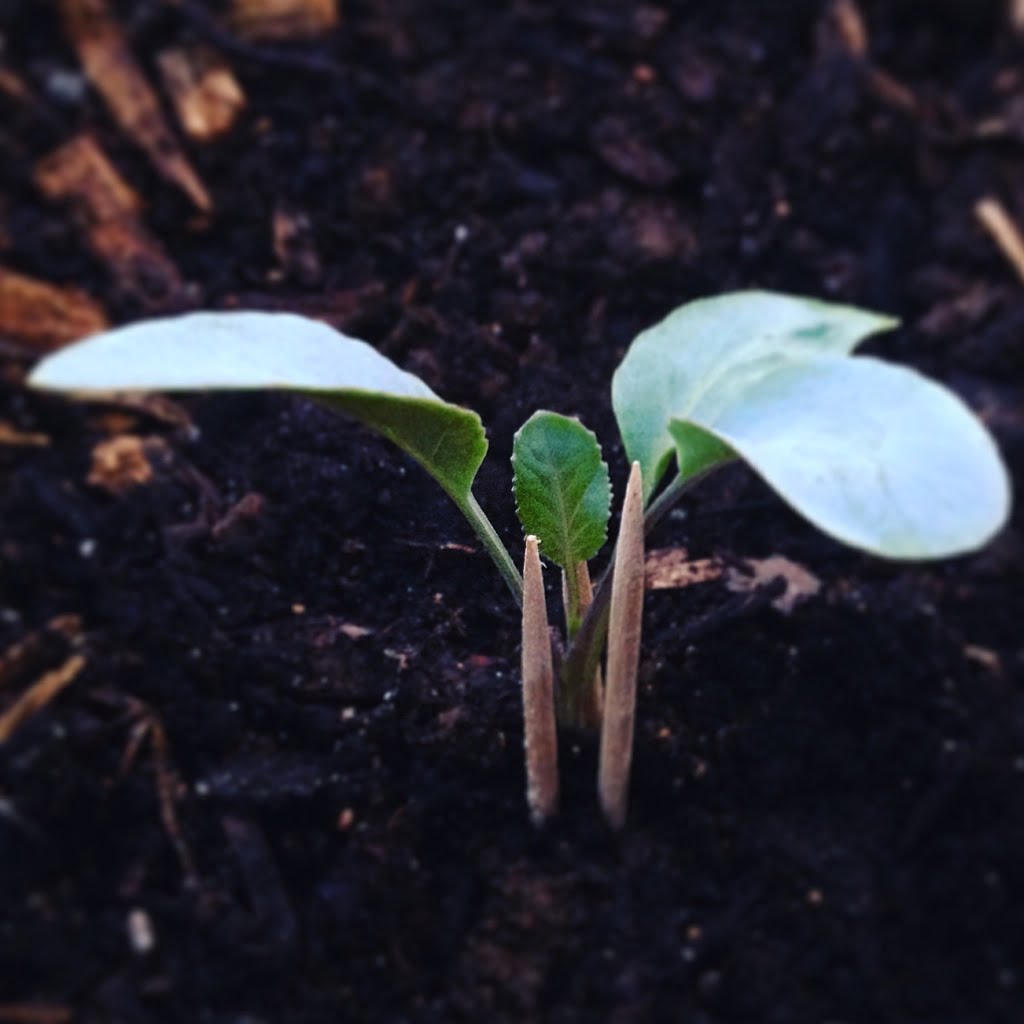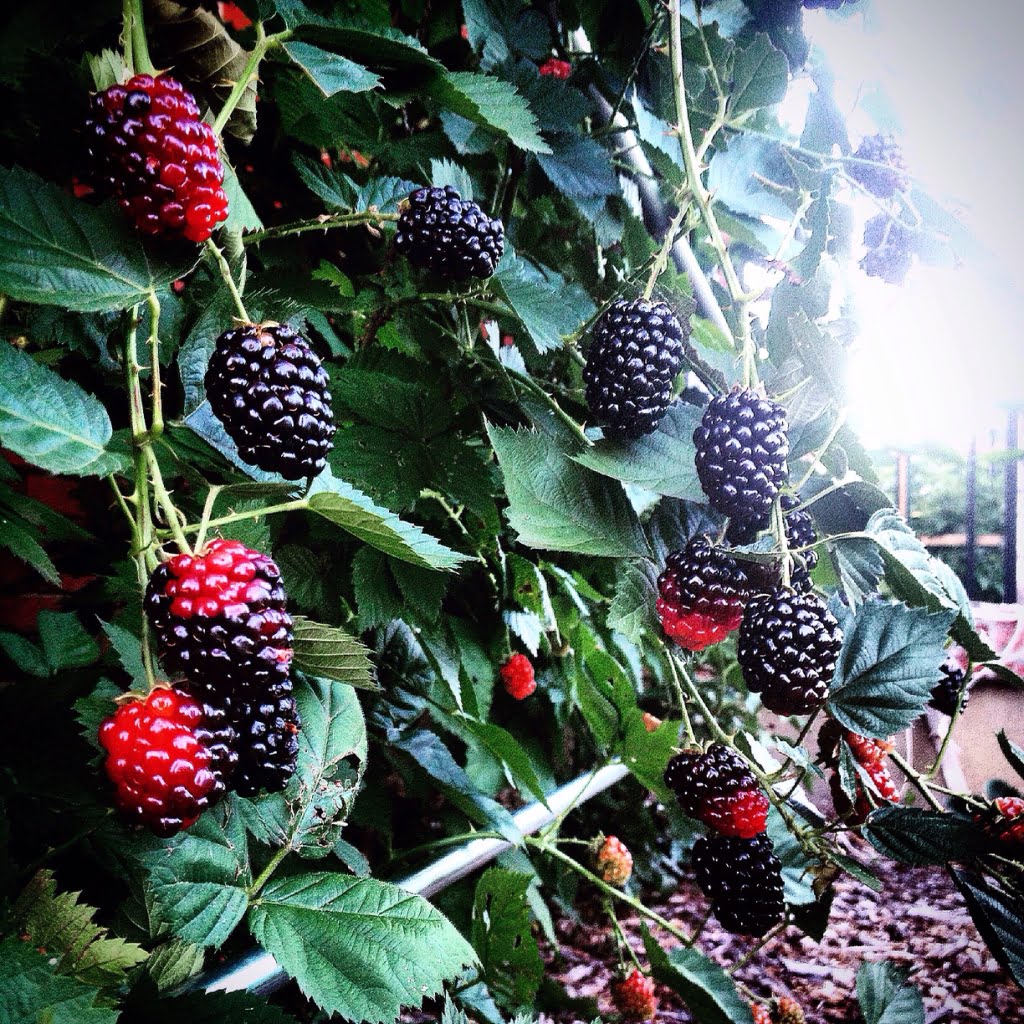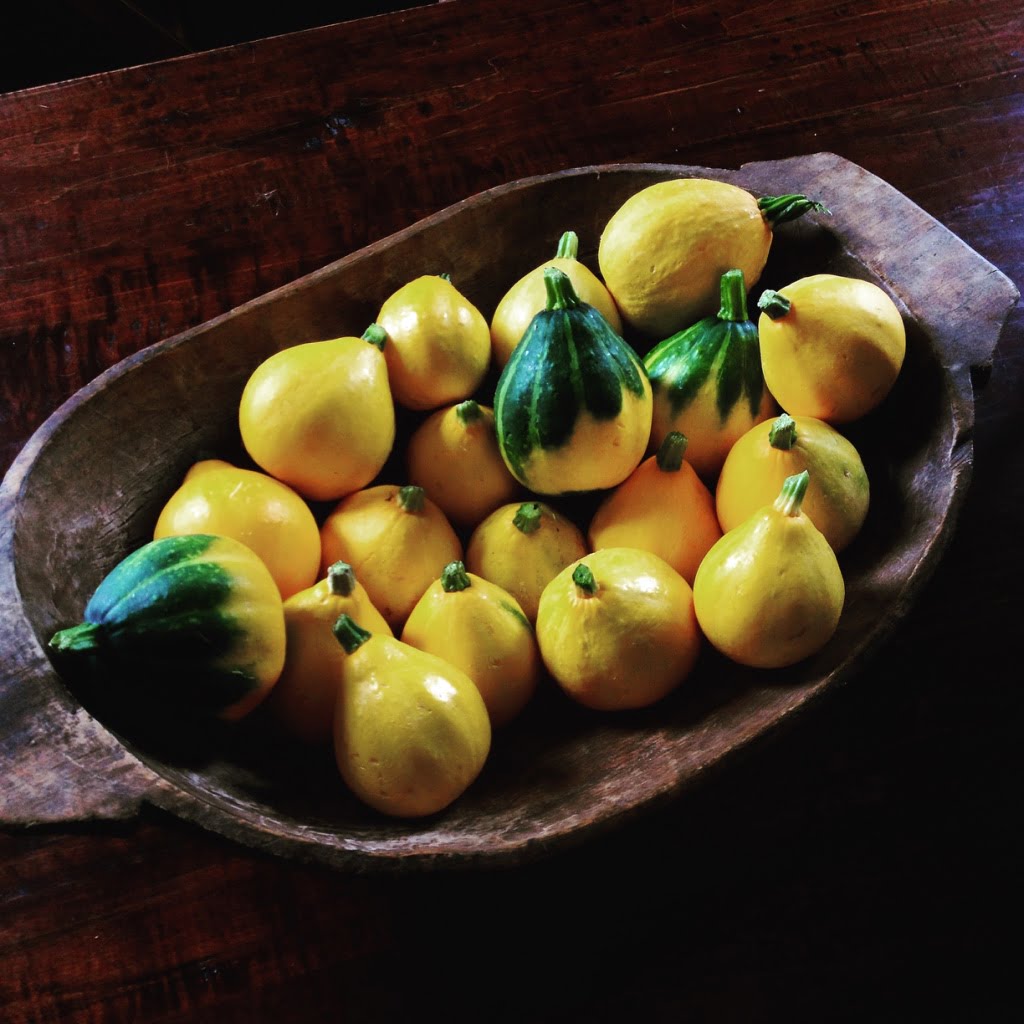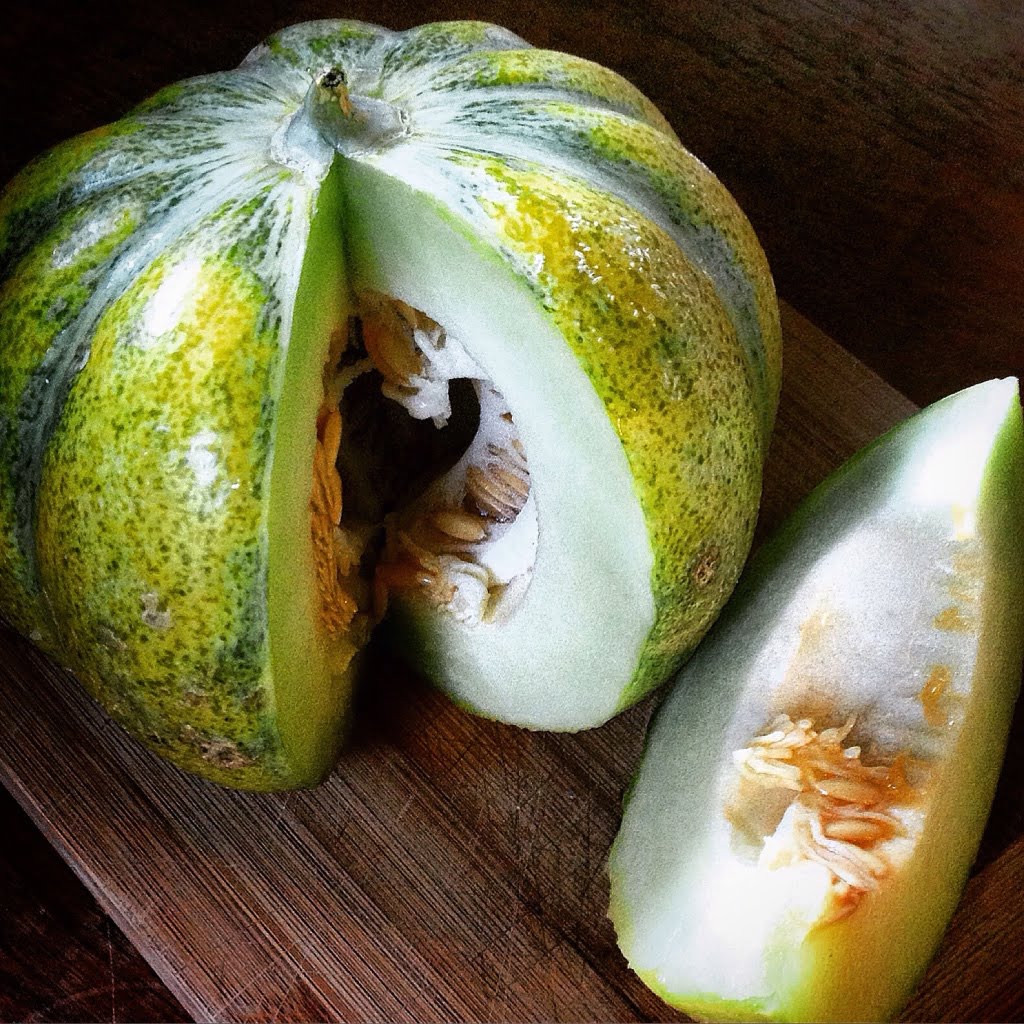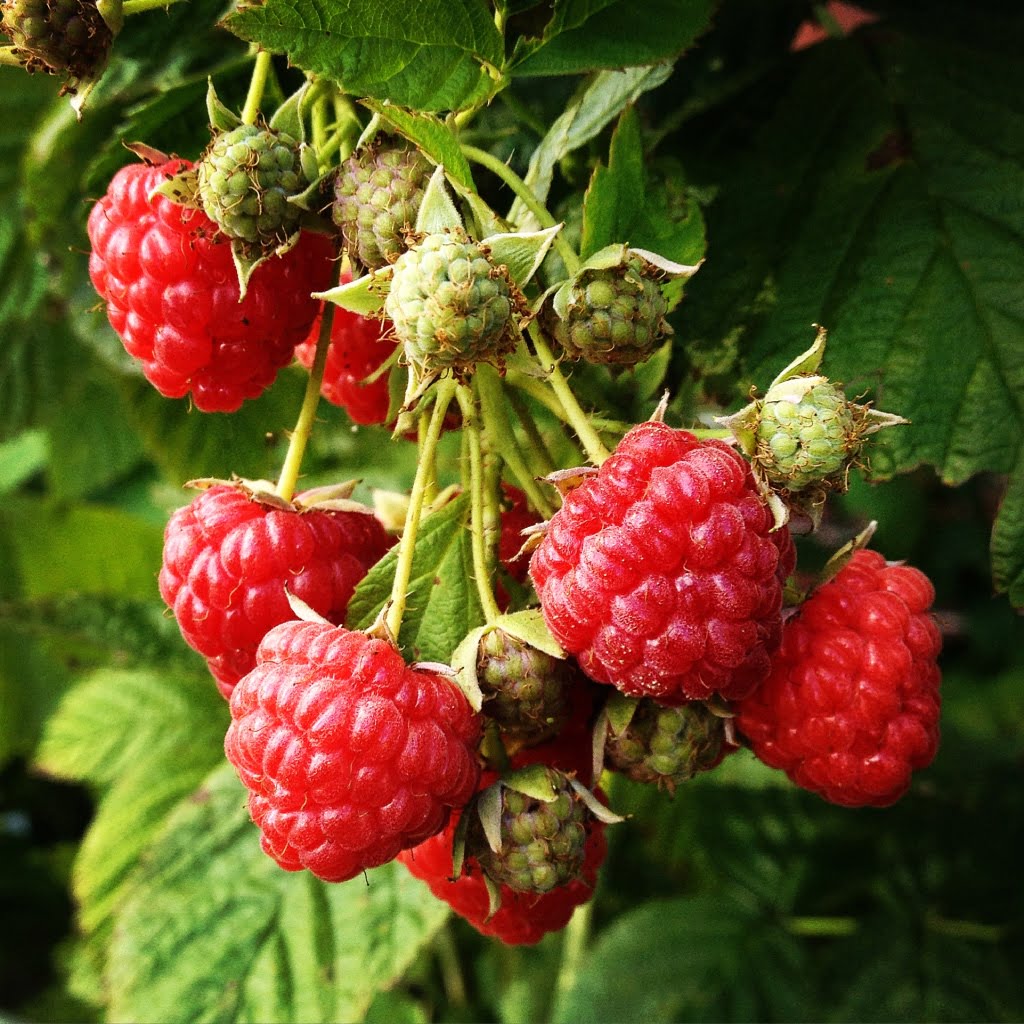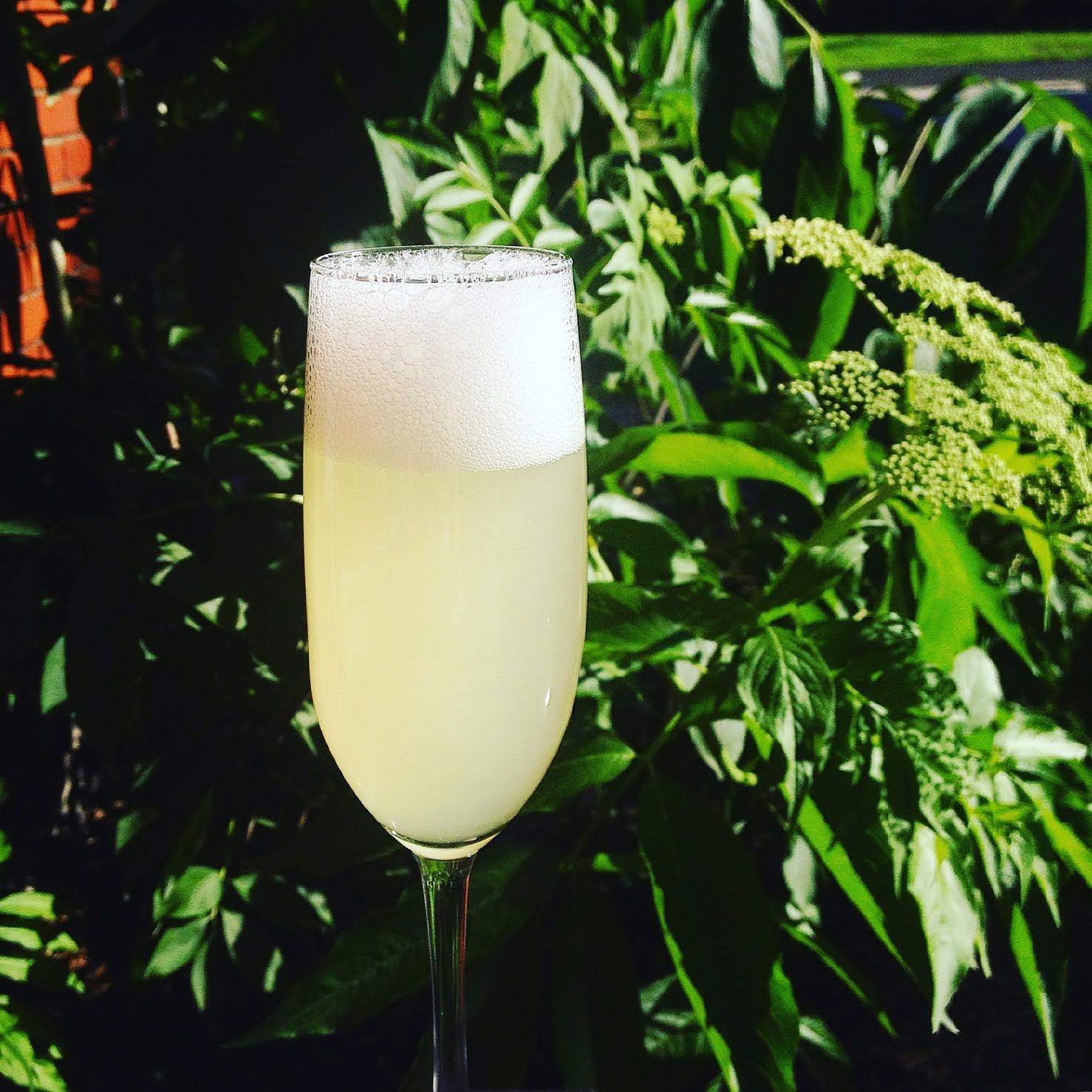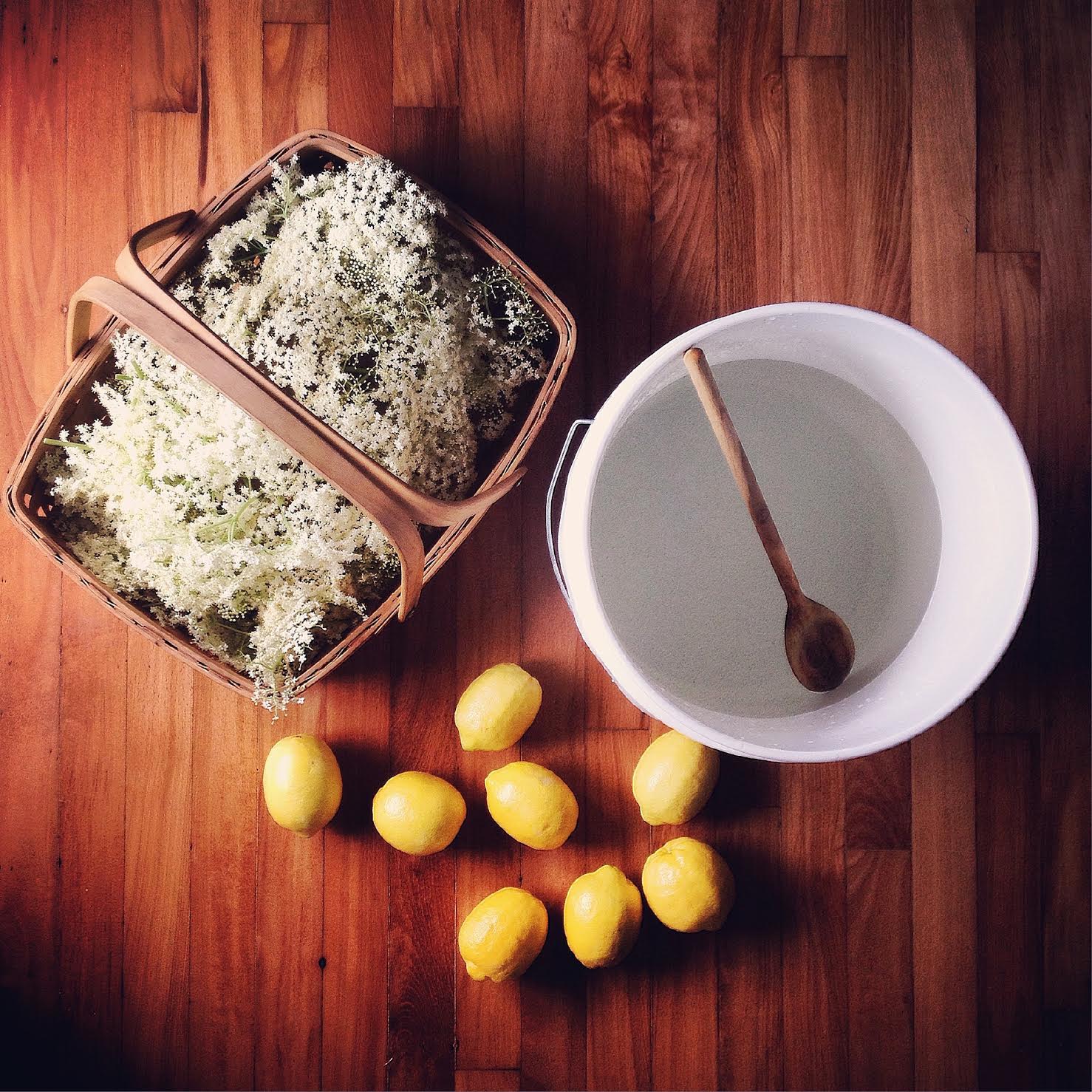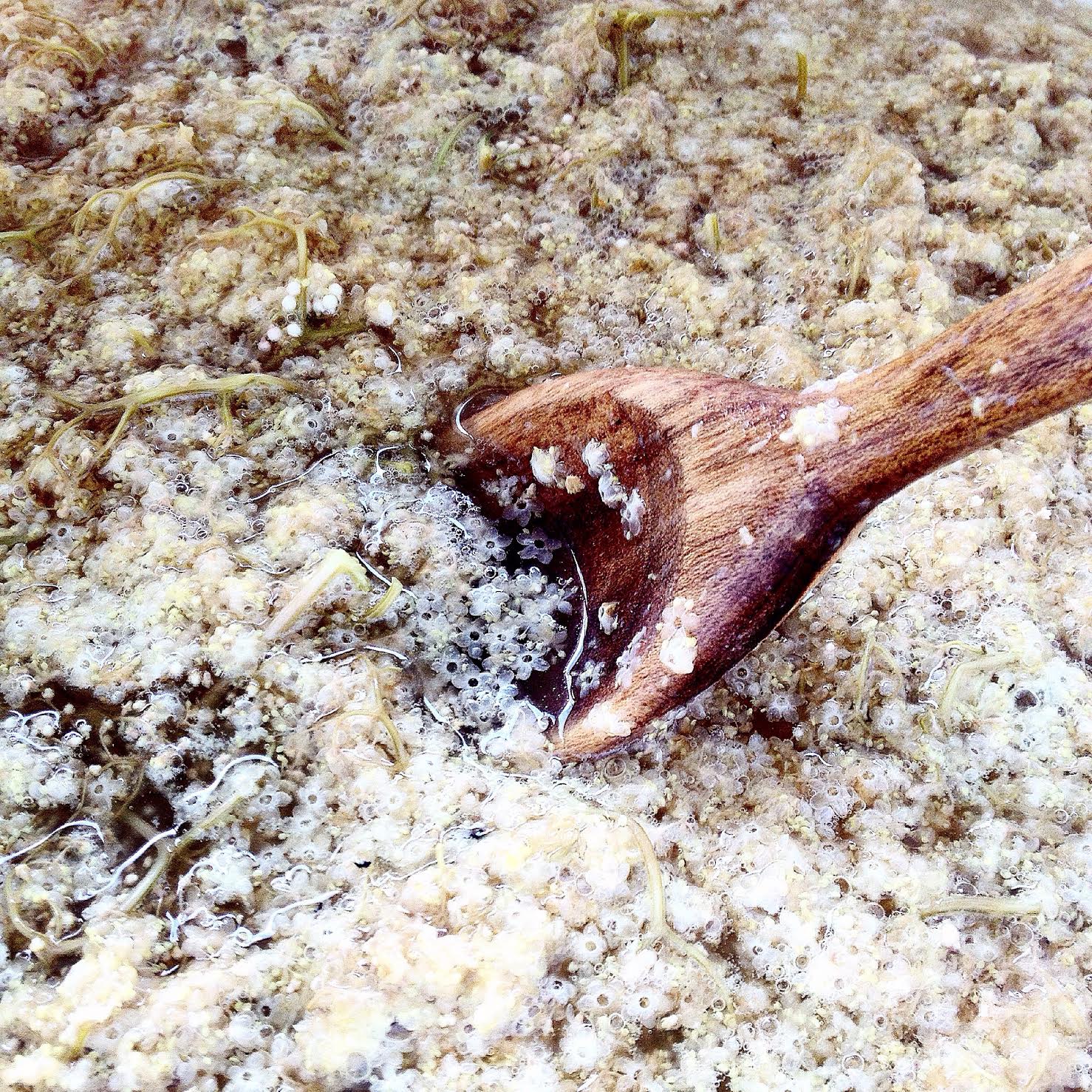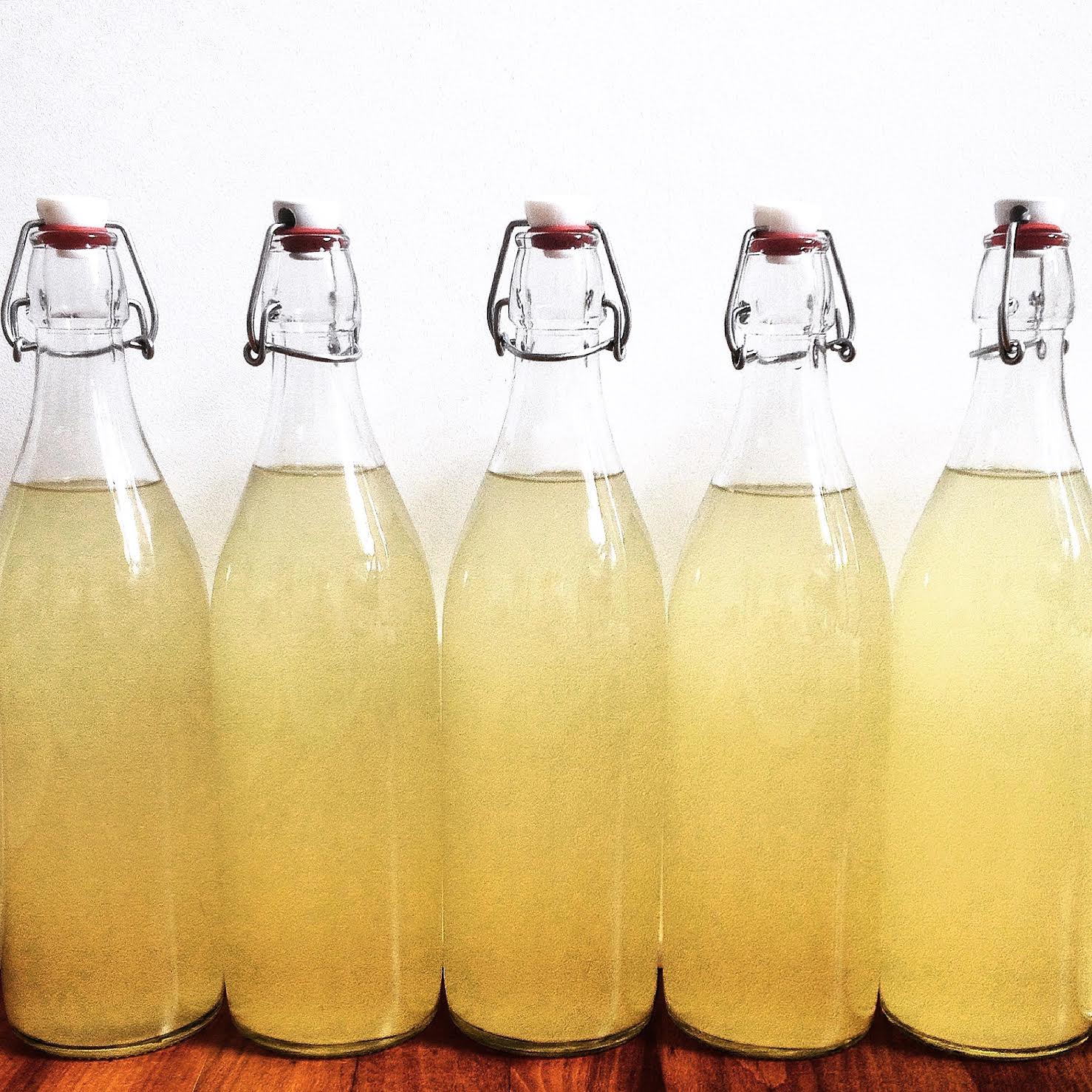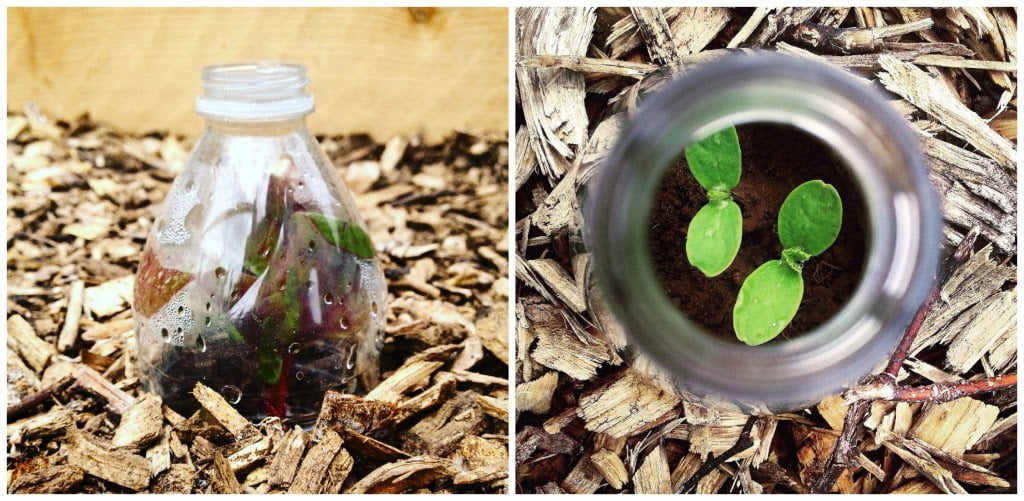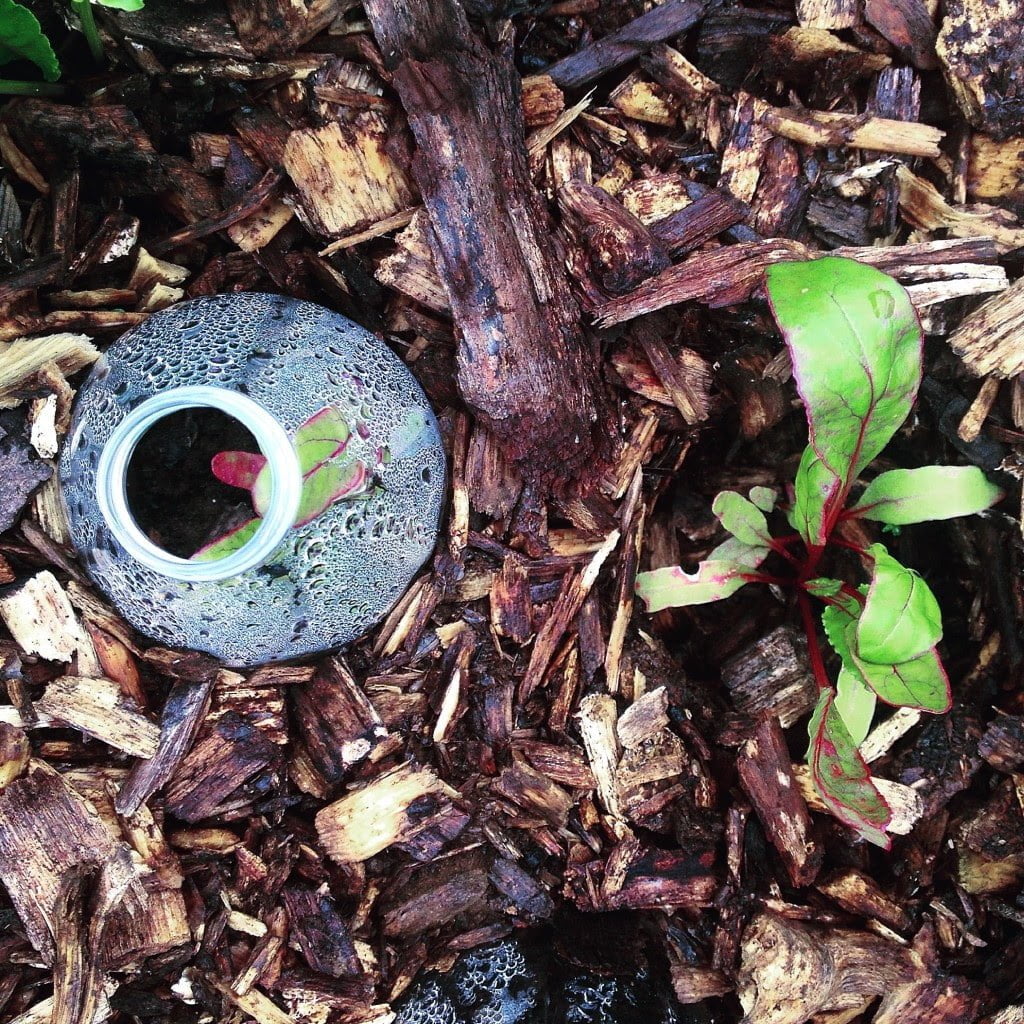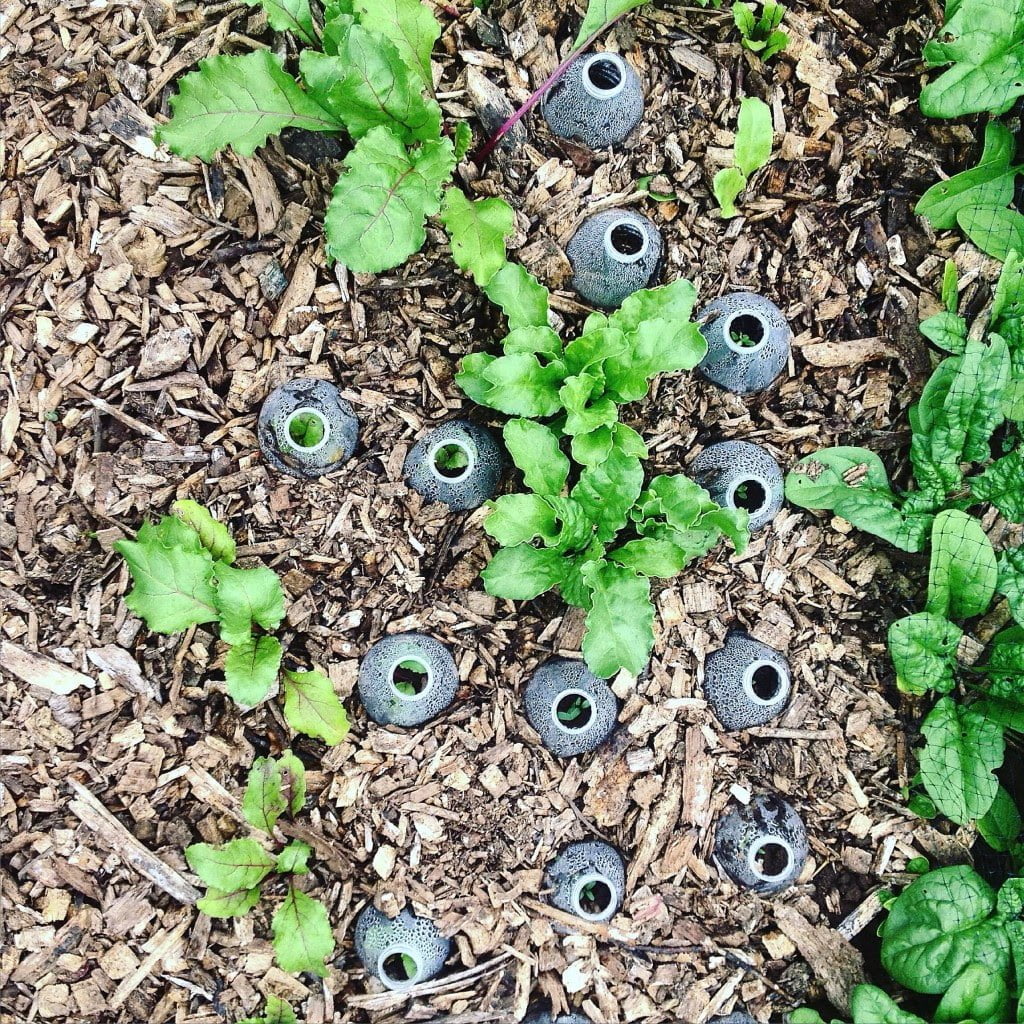Artist: Elexa Dawson
Hometown: Emporia, Kansas
Latest Album: Stay Put (released September 12, 2025)
Personal Nicknames (or rejected band names): A lot of my friends call me Lexy
If you had to write a mission statement for your career, what would it be?
“Music is Medicine.” My songs and the ideas behind them are almost always in response to a heartache or mental puzzle that I find myself working out through lyrics and music. Some of my most positive and uplifting songs were written during times when I was experiencing a lot of hopelessness and depression. The songs are medicine for me, first, and then it’s a privilege to get to share these songs with people who reflect that healing effect back to me.
The most common comment I get from audiences is that they were able to cry during my set and, while that’s not what I set out to do, I lean into it, because in our Potawatomi traditions, tears are healing waters that need to flow through our bodies to help us move on beyond difficulties. So really, it’s an honor to be able to guide someone through an emotion like that.
Which elements of nature do you spend the most time with and how do they impact your work?
I’ve always been obsessed with food, foraging, and natural medicines, so I’d have to say plants. They are older than us humans and they remember how to survive through experiences that haven’t happened to them, but happened to generations before them, which is fascinating to me. They work with mycelium, the fungal strands that transmit messages and food through the soil network between their roots.
“Roots Grow” is all about how roots support life in darkness, and how important compost is to life, which teaches me what to do with the dead and decaying parts of myself that need composting. Plants are one of my greatest teachers.
What’s the most difficult creative transformation you’ve ever undertaken?
This is an interesting question, because the creative transformations that I’ve already undertaken are in hindsight. The obstacles have been overcome and the one I’m currently staring down is always the one I’m having the most difficulty with. The perennial theme is that there is always a tense relationship between the creation of music as a cathartic human exercise and the presentation of the music to the music industry and fans.
I think there’s always an insecurity that the artist feels when they put out new things. With Stay Put being released, I’m feeling simultaneously on edge about reviews and immensely proud of this really unique and singular moment in my creative process where Peter Oviatt (Moonflower Sounds) and I were able to create something that I think stands out, whether the response is as big as I think is deserved or not. I create for myself, but who doesn’t want to see their name on a chart?
If you didn’t work in music, what would you do instead?
I’d be working with the land more and hopefully not alone. I’ve got a degree in sustainable agriculture and while I love my messy garden outside my house, I would love to work with a team on a farm. I started a nonprofit called Good Way Gardens where we produce a monthly lawn concert series that’s free and open to the community and provides access to our educational garden spaces where we grow a lot of pollinator-benefitting plants, as well as a lot of native plants like the four sisters (corn, beans, squash, and sunflowers). It has been on a very small scale and we are working to increase our capacity for next year. So really, I found a way to put music and gardening together, which is a dream come true.
Since food and music go so well together, what is your dream pairing of a meal and a musician?
I’m a big Walnut Valley Festival evangelist. I’ve been attending this bluegrass festival in Winfield, Kansas, for 27 years. My all-femme bluegrass-adjacent vocal group, Weda Skirts, is performing on the main stages for the fourth year in a row. That’s where Heyleon, another group I’ve had the pleasure of recording a lot of material with, was born.
Food and music are all over that place there and one of my campmates is famous for his smoked meat. At the time of my writing this, the festival is approaching and I have to say my perfect pairing is Dusty’s bacon and a jam session at my campsite, which is home to Weda Skirts and also members of The Dewayn Brothers, Bad Chuck and the Bad Dreams, The Bennett Brothers, and Cowgirl’s Train Set. I am also really looking forward to sitting in the grandstands, eating a big plate of greek salad and dolmas, and watching John Depew Trio on Stage 1, who are friends and also phenomenal players. It’s their first time on the big stages and I’m ecstatic that more folks will be able to hear their genius. Winfield is home, and I can’t wait to go back.
Photo Credit: Jordan Storrer, Lifeleak Visuals

